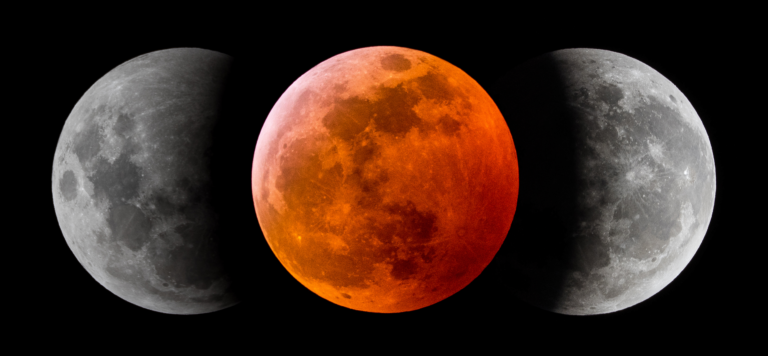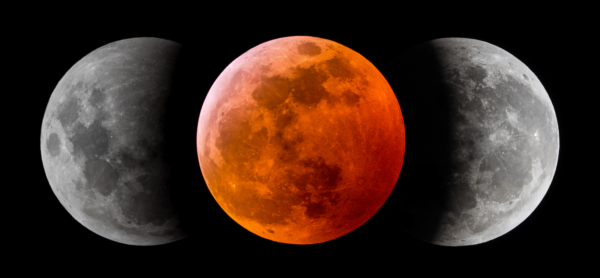

Known as the beaver moon, November’s full moon will be visible for about three days. The Earth’s atmosphere, which scatters sunlight, will create the effect of a sunset projected onto the moon. In full autumnal spirit, the moon will appear a reddish-brown color during the eclipse. “It is a very long eclipse so be a little patient and try to stay warm,” Myers said. The eclipse in other regions of North America - most of the Southeast, from the High Plains to the West Coast and in most of New England and Canada - could be obscured by clouds. Most of western Mexico and Southern Baja to Mazatlán will also have a clear view. We can expect clear skies across the Northeast, mid-Atlantic, and from Michigan and Ohio to Texas in the United States, CNN meteorologist Chad Myers said. NASAīread baking, fresh strawberries claim top spots in NASA's Deep Space Food Challenge NASA astronaut Mark Vande Hei prepares chile peppers, which were grown during a separate food production initiative aboard the International Space Station. The website can tell you when you’ll be able to see the eclipse based on where you are.

ET, when the moon falls under the Earth’s umbra.

ET, but the dimming of the moon won’t be noticeable until 2:19 a.m.

NASA forecasts the eclipse to peak at 4:03 a.m. You won’t have to stay outside the whole time for the experience, but you might have to choose between going to bed late and waking up early, depending on where you live. The penumbra is the outer edge of the Earth’s shadow, lasting over six hours, and the umbra is the deepest part of the shadow, lasting 3.5 hours. The eclipse can be divided into the penumbral and umbral phases, according to Sky & Telescope magazine. William West/AFP/Getty ImagesĪ partial lunar eclipse occurs when part of the full moon falls under Earth’s shadow (unlike May’s total lunar eclipse) - more than 97% of the moon will be covered at the peak of the eclipse, according to NASA. Follow us on Twitter and on Facebook.The last lunar eclipse in May was a rare "super blood moon," appearing brighter and larger than a normal full moon in a reddish hue. He writes about astronomy for Natural History magazine, the Farmers' Almanac and other publications. Joe Rao serves as an instructor and guest lecturer at New York's Hayden Planetarium.
#Lunar eclipse time michigan how to
If you live in the path of the penumbral lunar eclipse and want to take photos of it, be sure not to miss our guide on how to photograph a lunar eclipse.Īnd for tips on photographing the night sky in general, check out our guide on how to photograph the moon and our rundowns on the best cameras for astrophotography and best lenses for astrophotography. If you hope to take a look at the moon close-up during an eclipse or any other time, our guides to the best telescopes and best binoculars are a great place to start. This is, after all, a rather underwhelming event compared to more dramatic celestial spectacles like the rare hybrid solar eclipse that recently took place on April 20. If that is the case for you, don't fret too much. For the rest of the world, this event will happen during the daylight hours with the moon below the horizon, hence the eclipse will not be visible. For parts of Japan and New Zealand, the moon will set while still immersed in the penumbral shadow. The eclipse will also be visible from eastern Asia, Indonesia, Australia and southern New Zealand however, for these regions, the eclipse occurs after local midnight, so the calendar date will read Saturday (May 6). So, perhaps for about 45 minutes or so, centered on the time of the middle of the eclipse, those who know to look, may be able to discern a vague grayish or brownish smudge or stain concentrated toward the moon's upper rim. The moon will be passing through the southern part of the Earth's penumbra and its uppermost edge will miss touching the umbra by about only about 78 miles (126 km). Penumbral lunar eclipse on May 5 Eclipse event


 0 kommentar(er)
0 kommentar(er)
